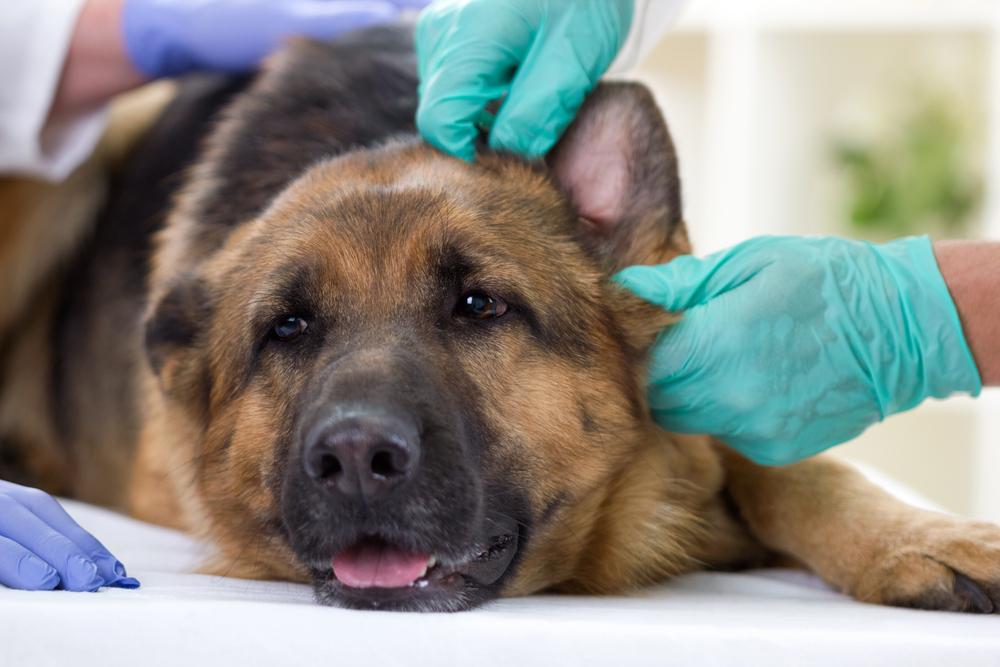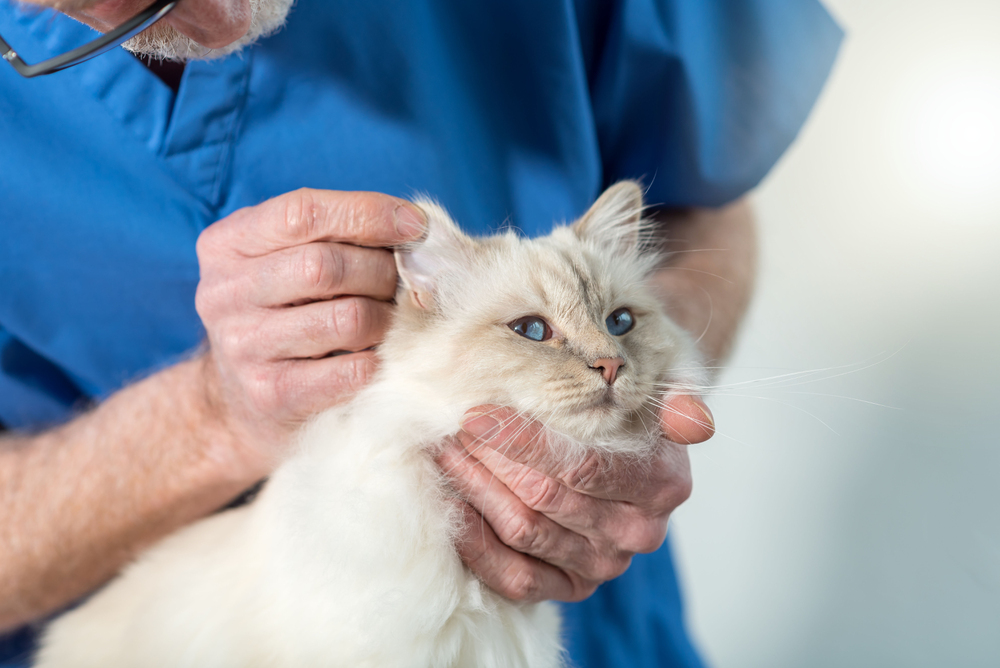
Ticks and fleas are more than just a nuisance for cats and dogs; they pose significant health risks and can lead to various complications if not managed properly. Understanding these pests, their impact on your pets, and effective prevention and treatment strategies is crucial for maintaining the well-being of your furry companions. In this comprehensive guide, we will delve into the details of ticks and fleas, exploring their life cycles, symptoms of infestations, health risks, and how to protect your pets from these unwanted invaders.
The Basics: Ticks and Fleas
Ticks are parasitic arachnids that attach to the skin of animals and feed on their blood. They are often found in wooded or grassy areas where they can latch onto a host. Common species affecting pets include the American dog tick, the black-legged tick (or deer tick), and the brown dog tick.
Fleas, on the other hand, are tiny insects that also feed on the blood of mammals. They are adept jumpers and can easily transfer from one host to another. The most common flea species affecting pets are the cat flea and the dog flea, though these terms can be misleading as both types of fleas often infest both cats and dogs.
The Life Cycle of Ticks and Fleas
Ticks:
- Egg Stage: Female ticks lay thousands of eggs in the environment.
- Larva Stage: The eggs hatch into larvae, which are also known as seed ticks. These tiny creatures are just about 1/16 inch long and are typically six-legged.
- Nymph Stage: After feeding on a host, the larvae molt into nymphs, which have eight Nymphs are also small but can be slightly larger than larvae.
- Adult Stage: Nymphs mature into adult After finding a host, they feed and mate. The female tick then lays eggs, continuing the cycle.
Fleas:
- Egg Stage: Flea eggs are laid on the host animal but often fall off into the They are very small and white.
- Larva Stage: Flea larvae emerge from the They are tiny, worm-like creatures that feed on organic matter, including flea feces and skin flakes.
- Pupa Stage: Larvae spin a cocoon and enter the pupa This stage can last for several weeks to months, depending on environmental conditions.
- Adult Stage: Adult fleas emerge from the pupa and begin feeding on a They reproduce rapidly, with females laying hundreds of eggs in their lifetime.
Symptoms of Infestation
Ticks:
- Lethargy: Infected pets may appear unusually tired or lethargic.
- Skin Irritation: You may notice red, inflamed areas or sores where ticks have attached.
- Visible Ticks: Ticks are often visible on the skin, particularly around the ears, neck, and between the toes.
- Behavioral Changes: Pets may scratch or bite at areas where ticks are present, leading to potential secondary infections.
Fleas:
- Excessive Scratching: Pets infested with fleas often scratch excessively, particularly around the base of the tail, neck, and behind the ears.
- Flea Dirt: Small black specks in the fur, known as flea dirt, are actually flea feces and can be a telltale sign of an infestation.
- Hair Loss: Persistent scratching and biting can lead to hair loss and skin infections.
- Flea Bites: Fleas bite and cause itching and In severe cases, you might see flea bites on your pet’s skin.

Health Risks Associated with Ticks and Fleas
Ticks:
- Lyme Disease: Caused by the bacterium Borrelia burgdorferi, Lyme disease can lead to joint pain, fever, and lethargy. It can also cause kidney damage if left untreated.
- Anaplasmosis: This disease, caused by Anaplasma bacteria, can lead to fever, joint pain, and loss of appetite.
- Babesiosis: This tick-borne disease affects red blood cells and can cause anemia, fever, and jaundice.
Fleas:
- Flea Allergy Dermatitis (FAD): Some pets are highly allergic to flea saliva, leading to severe itching, hair loss, and skin infections.
- Tapeworms: Fleas can carry tapeworm larvae, which can be ingested by pets during This can lead to a tapeworm infection.
- Anemia: Heavy flea infestations can cause significant blood loss, leading to anemia, especially in young or debilitated animals.
Preventing Ticks and Fleas
Ticks:
- Avoid Tick-Prone Areas: When walking your pet, try to avoid areas with tall grass and dense vegetation.
- Regular Tick Checks: After spending time outdoors, check your pet for ticks, especially in areas where ticks are likely to hide.
- Preventive Medications: Use veterinarian-recommended tick prevention products such as topical treatments, oral medications, or tick collars.
Fleas:
- Regular Grooming: Frequent brushing and grooming can help detect fleas early and reduce their numbers.
- Clean Environment: Vacuum your home regularly and wash your pet’s bedding in hot water to kill flea eggs and larvae.
- Preventive Medications: Use flea prevention products such as spot-on treatments, oral medications, or flea collars. Consult your vet for the best options.
Treating Ticks and Fleas
Ticks:
- Proper Removal: Use a pair of fine-tipped tweezers or a tick removal tool to grasp the tick close to the skin and pull it out gently. Avoid crushing the tick or leaving parts behind.
- Consult Your Vet: If you’re unsure whether all parts of the tick have been removed or if your pet shows signs of illness, consult your veterinarian.
Fleas:
- Flea Treatments: Apply veterinarian-recommended flea treatments, such as topical solutions or oral medications. Treat all pets in the household to prevent reinfestation.
- Clean the Environment: Treat your home with flea sprays or foggers to kill fleas and their eggs in your environment. Regular vacuuming and washing pet bedding can help reduce flea populations.
Conclusion
Ticks and fleas are more than just a nuisance; they pose serious health risks to your pets. Understanding their life cycles, recognizing the signs of infestations, and implementing effective prevention and treatment strategies are essential for keeping your furry friends healthy and comfortable. Regular veterinary check-ups and consultations can help ensure that your pets remain protected from these pests. By staying informed and proactive, you can safeguard your pets from the harmful effects of ticks and fleas, ensuring they live happy and healthy lives.
